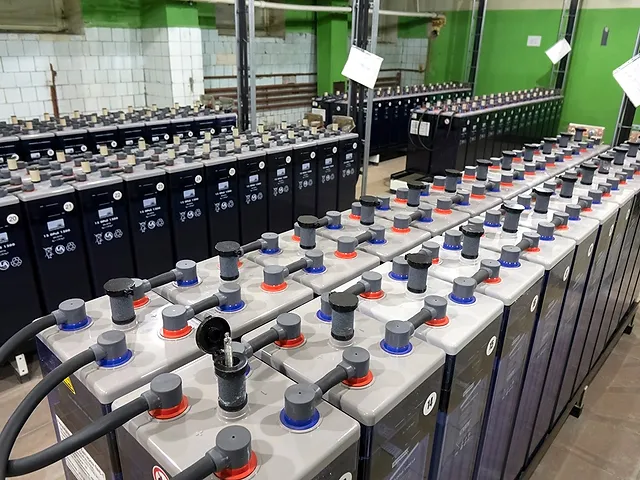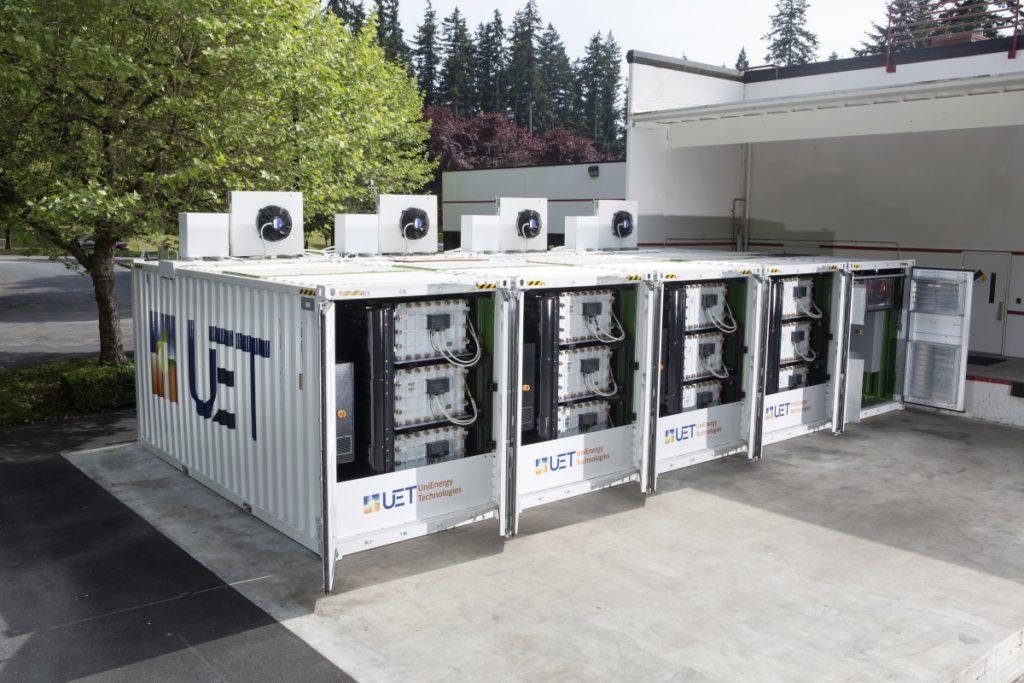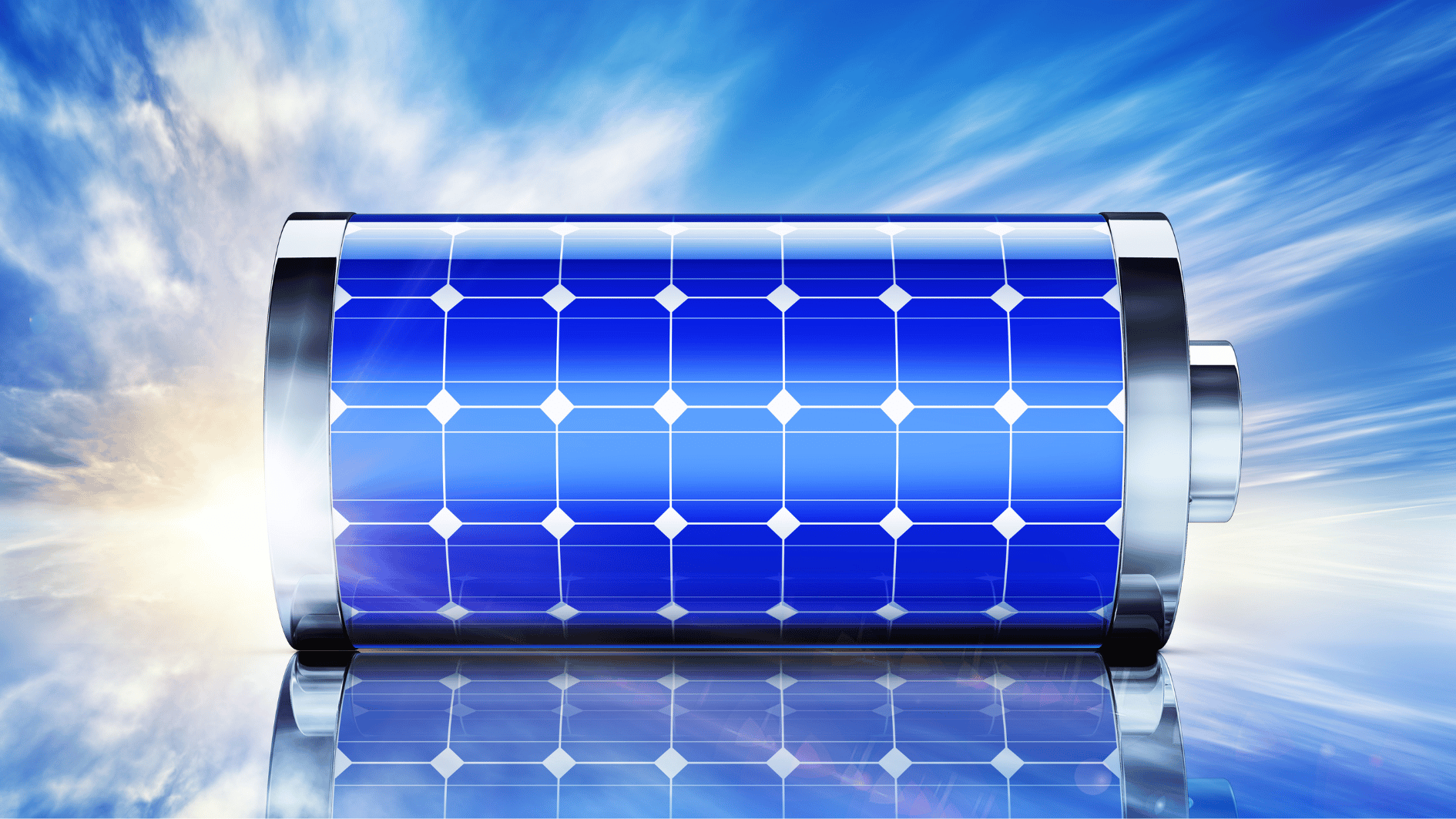Image source: Canva.com
As solar energy continues to grow in popularity, more homeowners and businesses are exploring the benefits of pairing solar panels with battery storage systems. Solar batteries allow you to store excess energy generated by your solar panels during the day for use during the night or periods of low sunlight. This not only increases your energy independence but also enhances the efficiency and reliability of your solar power system.
Understanding the basics of solar battery technology is crucial for making informed decisions about energy storage. Two key aspects to consider are the battery chemistry and the coupling method. Battery chemistry refers to the materials and processes used to store and release energy, with common options including lithium-ion, lead-acid, and flow batteries. Each type has its own set of advantages and disadvantages, influencing factors like cost, lifespan, and performance.
Coupling, on the other hand, refers to how the solar panels and battery storage are connected within your energy system. The coupling method – whether AC-coupled or DC-coupled – affects the efficiency of energy transfer, the complexity of installation, and the overall integration with your existing electrical infrastructure.
In this guide, we will delve into the fundamental aspects of solar battery chemistry and coupling. We’ll explore the different types of batteries available, their respective benefits and limitations, and how the choice of coupling can impact the performance of your solar energy system. By understanding these basics, you’ll be better equipped to select the right battery storage solution for your needs, maximizing the benefits of your solar investment.
Types of Batteries
Energy storage products come in various shapes, sizes, and chemistries. Batteries store electricity by moving ions from one compound to another and discharge electricity by reversing this flow through an external circuit. This process is referred to as the battery’s chemistry, which determines how electricity is stored.
When discussing different solar battery types, battery chemistry is a primary focus. The main chemistries you’ll encounter in home batteries are:
- Lead-acid batteries
- Lithium-ion batteries
- Flow batteries
Lead-Acid Batteries

Lead-acid batteries are one of the oldest types of rechargeable batteries, commonly used in solar energy storage due to their low cost and reliability. They consist of lead plates submerged in sulfuric acid, creating a chemical reaction that generates electricity. There are two types: flooded, which require regular maintenance like adding water, and sealed (VRLA), which are maintenance-free.
While affordable, lead-acid batteries have some drawbacks. They are heavier, bulkier, and have a shorter lifespan (3-5 years) compared to newer technologies like lithium-ion. They also have a lower depth of discharge, meaning only about 50% of the stored energy is usable without reducing their lifespan.
Lead-acid batteries are still useful for off-grid solar systems where budget is a concern, but they are gradually being replaced by more efficient, longer-lasting options like lithium-ion.
Lithium-Ion Batteries

Lithium-ion batteries are now the top choice for solar energy storage due to their efficiency, long lifespan, and high performance. Originally used in electronics, they’ve evolved to be ideal for both residential and commercial solar systems.
These batteries store energy by moving lithium ions between electrodes, offering high energy density, meaning more power in a smaller, lighter form. They typically last 10 to 15 years and allow you to use up to 80-90% of stored energy without degrading. Their high efficiency (around 90-95%) ensures minimal energy loss during charging and discharging.
Lithium-ion batteries also require low maintenance and are safer due to their better thermal stability. While the upfront cost is higher than lead-acid batteries, their longer lifespan and higher efficiency often make them more cost-effective in the long run.
The average cost of lithium-ion solar batteries can vary widely based on the brand, size, and region. In 2024, the prices for residential lithium-ion batteries typically range from $7,000 to $14,000 for a full installation, including components like inverters, wiring, and labor. After applying federal tax credits, the cost can be reduced by 30% or more, depending on the system size and location.
Despite the higher upfront investment compared to older technologies like lead-acid, lithium-ion batteries offer longer lifespans, higher efficiency, and greater energy storage capacity, making them more cost-effective in the long run.
Flow Batteries

Flow batteries are an emerging energy storage technology, ideal for large-scale solar power systems. Unlike traditional batteries, they store energy in liquid electrolytes kept in separate tanks. These liquids are pumped through cells to generate or store electricity.
The main advantage of flow batteries is scalability – storage capacity can be increased simply by enlarging the tanks. This makes them perfect for solar farms needing substantial energy storage. They also have an exceptionally long lifespan, often lasting 20+ years with minimal degradation, and can be fully discharged without damage, offering a high depth of discharge (DoD).
Flow batteries are safe due to their design, with a low risk of overheating. However, they have lower energy density than lithium-ion batteries and require more space. Initial costs are also higher due to system complexity.
Despite these challenges, flow batteries are a promising option for large-scale solar storage, offering durability, scalability, and safety for long-term energy needs.
AC vs. DC Coupled Solar Batteries
Solar panels generate direct current (DC) electricity, and batteries store DC electricity. However, homes and businesses typically run on alternating current (AC) electricity. Therefore, to use electricity from your solar panels or battery, it must be converted from DC to AC.
Batteries can be either AC-coupled or DC-coupled, a distinction that is crucial due to the advantages and disadvantages of each type.
AC-Coupled Batteries
An AC-coupled battery system converts AC electricity to DC for storage and then back to AC for use. This setup is the most common for solar-plus-storage systems and is typically used if you are adding storage to an existing solar panel system. However, each conversion between DC and AC results in energy loss. In an AC-coupled system, electricity from your solar panels is converted from DC to AC by the solar inverters, then back to DC by the storage inverter for storage, and finally back to AC for use in your home, leading to multiple conversion losses.
DC-Coupled Batteries
A DC-coupled battery system avoids multiple conversions by charging the battery directly from the solar panels without first converting the electricity to AC. This setup uses a hybrid inverter that functions as both a solar and storage inverter. While this reduces energy loss from conversions, hybrid inverters may not be as efficient as standard solar inverters in converting solar energy to usable AC electricity. Thus, a DC-coupled system can be a trade-off between minimizing conversion losses and slightly reduced inverter efficiency.
Find the Perfect Solar-Plus-Storage System on SolarWiki!






